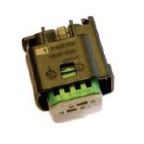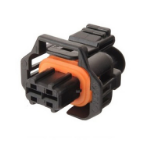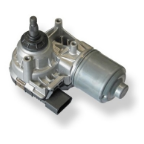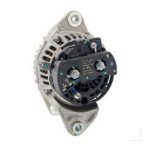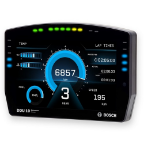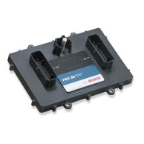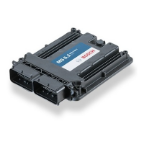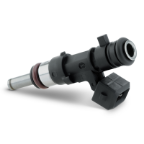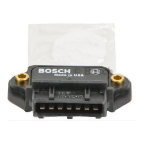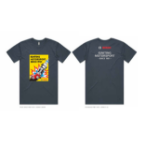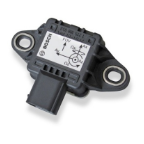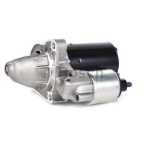Motorsport ABS – inhuman braking performance for racing drivers
3 March 2022 Bosch Motorsport
Where it is allowed, professional racers in Europe, America, and Asia use motorsport ABS. Motorsport ABS is not the same as road-car ABS, so what exactly is it and why is it so prevalent in professional motorsport? Read on to find out…
Motorsport ABS; why you need it.
In professional motorsport categories world-wide, motorsport ABS has become a ‘must have’ technology for those serious about winning where rules permit. Unlike engine tuning and suspension setup where substantial established knowledge exists and is readily accessible in the public domain, the inner workings of ABS (Anti-lock Braking System) is still largely a mystery for many and myths and misconceptions abound. Bosch held the original patent for road car ABS, and has led the development of the technology in both road and race applications and uniquely understands the problems faced when turning a standard production road car into a tarmac race weapon. We have prepared this article to shed some light on the topic and hopefully dispels a few myths along the way.
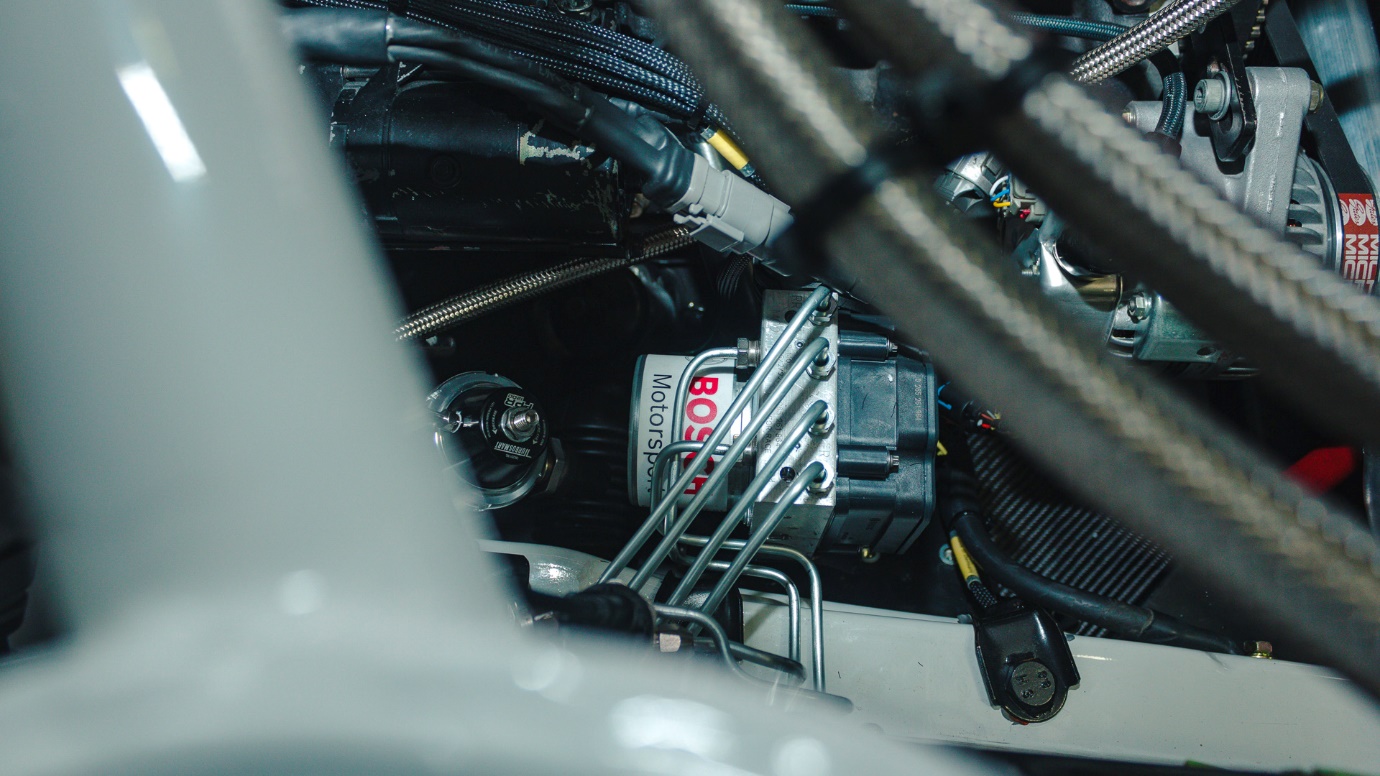
As any experienced racer knows, braking is what often separates the good drivers from the great. When working correctly, ABS inspires confidence and enables a driver to explore the limits of their car’s braking potential, enabling later braking, higher corner entry speeds and faster race times. Modern production car ABS is so effective on unmodified road cars because it has been finely tuned to the particular make and model and its corresponding weight, chassis, suspension, wheel, tyre, master cylinder and brake combination. When production cars are modified for racing, the finely tuned ABS settings no longer match the new setup and the ABS typically underperforms. Many drivers throw the system away at that point as brake pedal feel and stopping performance can become inconsistent. But ABS that is working correctly is consistent and reliable and allows a driver to push harder and faster to discover the limits of their racecar’s potential. We find drivers are often surprised at what their car is actually capable of when they run Motorsport ABS and dial it in correctly.
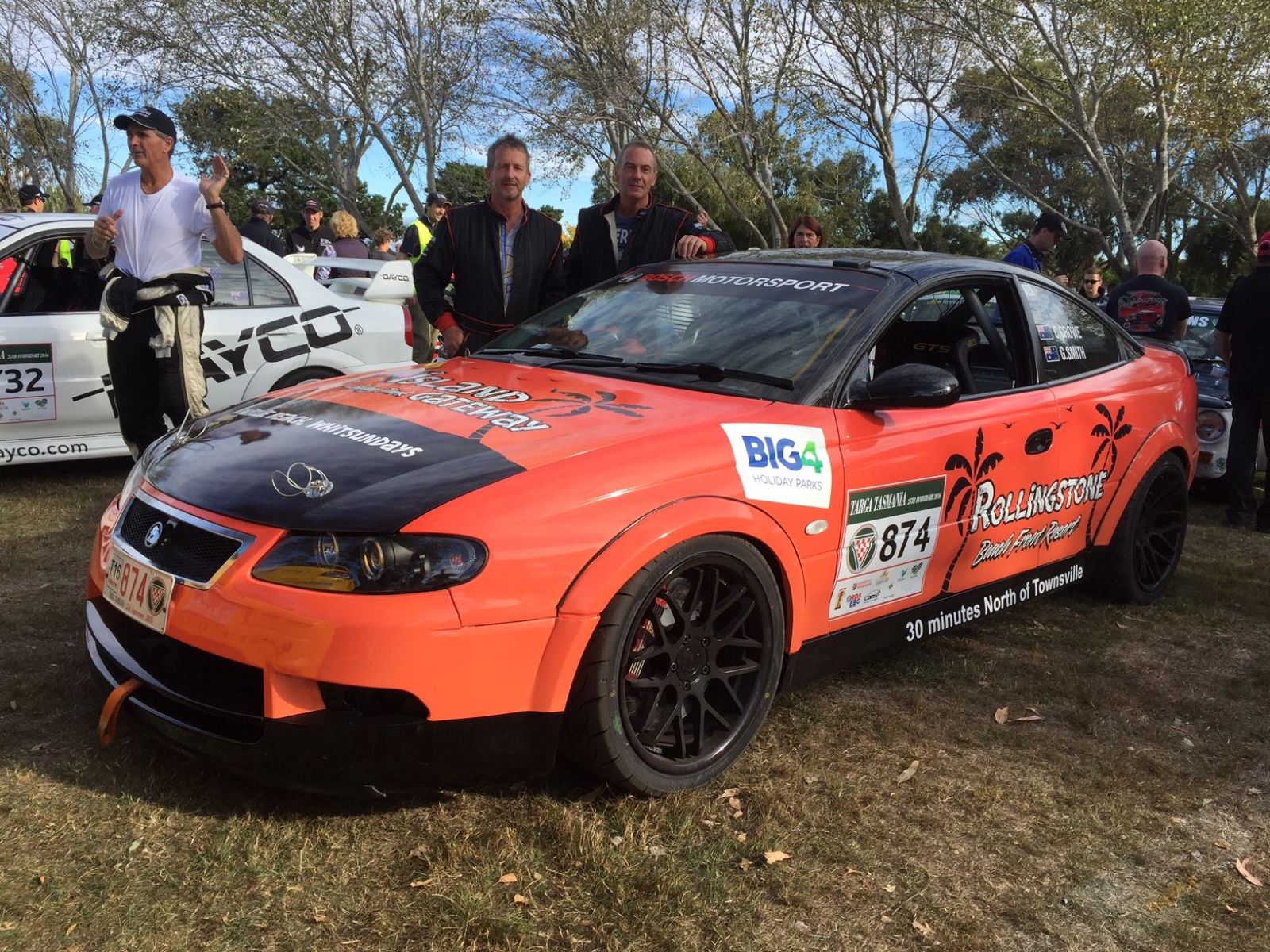
Chris Crowe is an experienced Targa competitor who knows the change Motorsport ABS can bring to a vehicle on the rally stage.
“The thing about tarmac rally is that the road conditions vary widely; changes in surface – old road for a bit then a resurfaced section for a bit and maybe some loose gravel on a stage like Gunns Plains; cold / wet sections in shadow/forest vs open dry sections. The varied grip makes it treacherous because it’s all mostly new and unknown for the driver, unlike the repetition of circuit racing which allows a driver to learn the track and its surface.” Chris said.
Chris’ standout observation was how ‘sure-footed’ the car was with the Motorsport ABS. The ability to dial the ABS level up or down on-the-fly, depending on the road surface conditions gave him huge confidence.
“The adjustability on the fly is a game changer. Adjust the ABS up for a particularly low grip section. Then drop it down again once you’re past. Every stage is different, every road is different.”
Why won’t standard ABS work correctly in a race car?
When a standard production car is stripped out to become substantially lighter, then fitted with wider and stickier tyres, bigger rotors and improved callipers for racing, its maximum possible deceleration and braking potential overall can be improved significantly. Camber changes and altered spring or damping rates will change the tyres’ contact patch on the road and how well they follow bumps. The problem with all this is that the software settings in the ABS unit are no longer matched after such modifications to the car and cannot be modified to suit.
This mismatch often reveals itself as ABS intervening sooner than it needs to, relieving brake pressure and thus reducing the overall effect of braking. The worst-case scenario is an extreme release of brake pressure to the callipers despite maximum driver braking input, as the system is being asked to operate outside of its factory programmed parameters.
Furthermore, ABS systems from the 1970’s through 2000’s were dependent on the technology of the time – two or three channel systems are severely outdated but even relatively modern four channel systems can benefit from the improvements to sensor accuracy, ECU processing capability and actuator speed found in Bosch’s current M5 Motorsport ABS system.
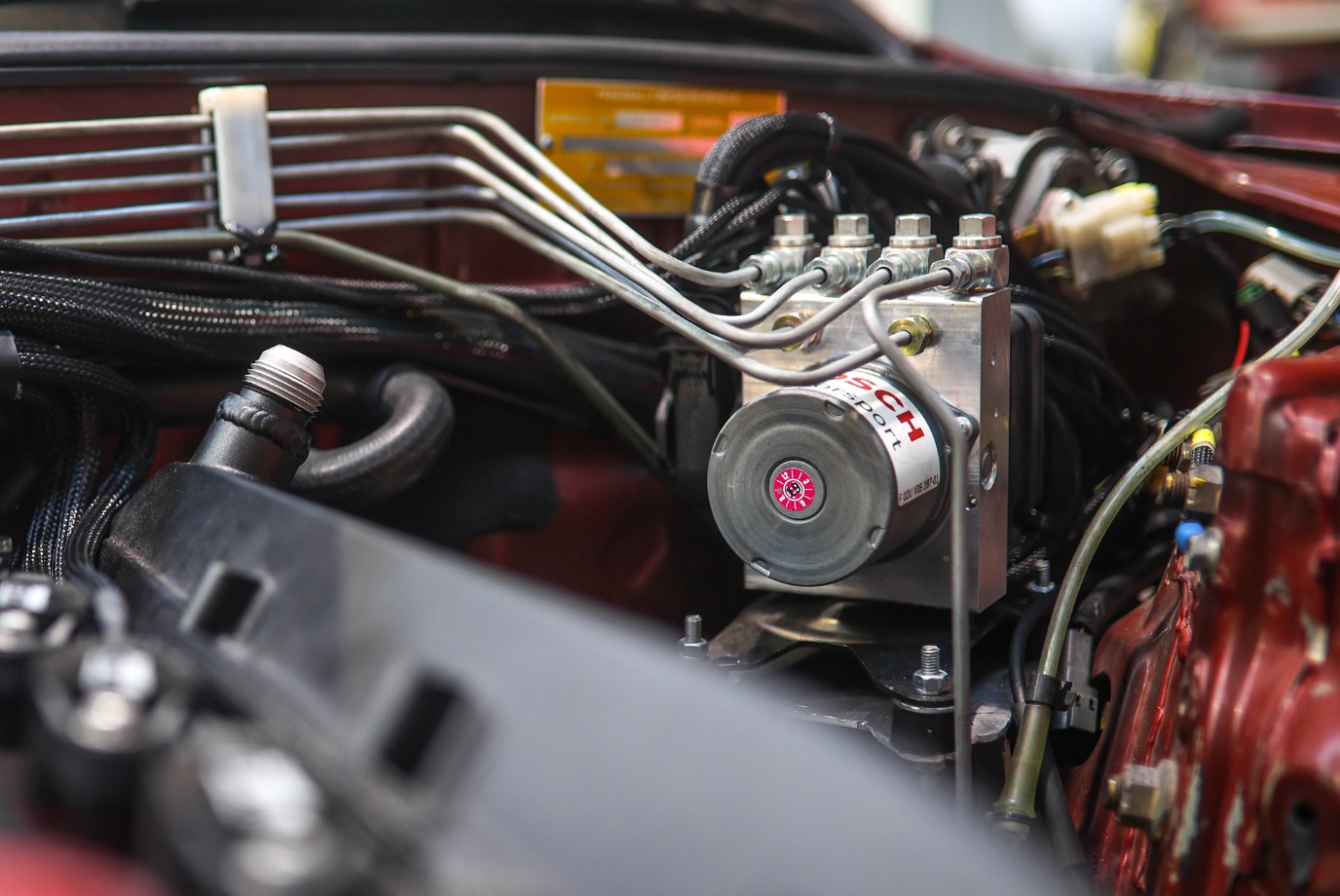
ABS software is tuned to provide a balance between deceleration and stability. It allows the right amount of brake pressure through to the callipers of each wheel for the available individual tyre grip at any point in time to achieve the best combination of stopping performance and controllability. A skidding tyre has very little grip in any direction, which means not only is its braking effect enormously reduced but so too is steering control. The magic of ABS when working correctly is that the driver can use the system to give high stopping performance and an assurance of steering control even if they brake too late or jump on the pedal too hard. This ability to maintain steering control on the limit of adhesion gives a driver the confidence to push hard, try different lines and techniques and really explore the potential of their car, all whilst having peace of mind that they won’t cook a set of tyres in the process. Without ABS, a driver must modulate braking pressure to accommodate for the tyre with the highest propensity to lock – meaning three wheels are working below their maximum potential. ABS modulates each wheel individually to its limit while maintaining controllability.
To summarise, ABS that is NOT working correctly can result in unreliable braking performance, inconsistent pedal feel and leave a driver less inclined to explore the extreme limits of their vehicles performance.
The Solution
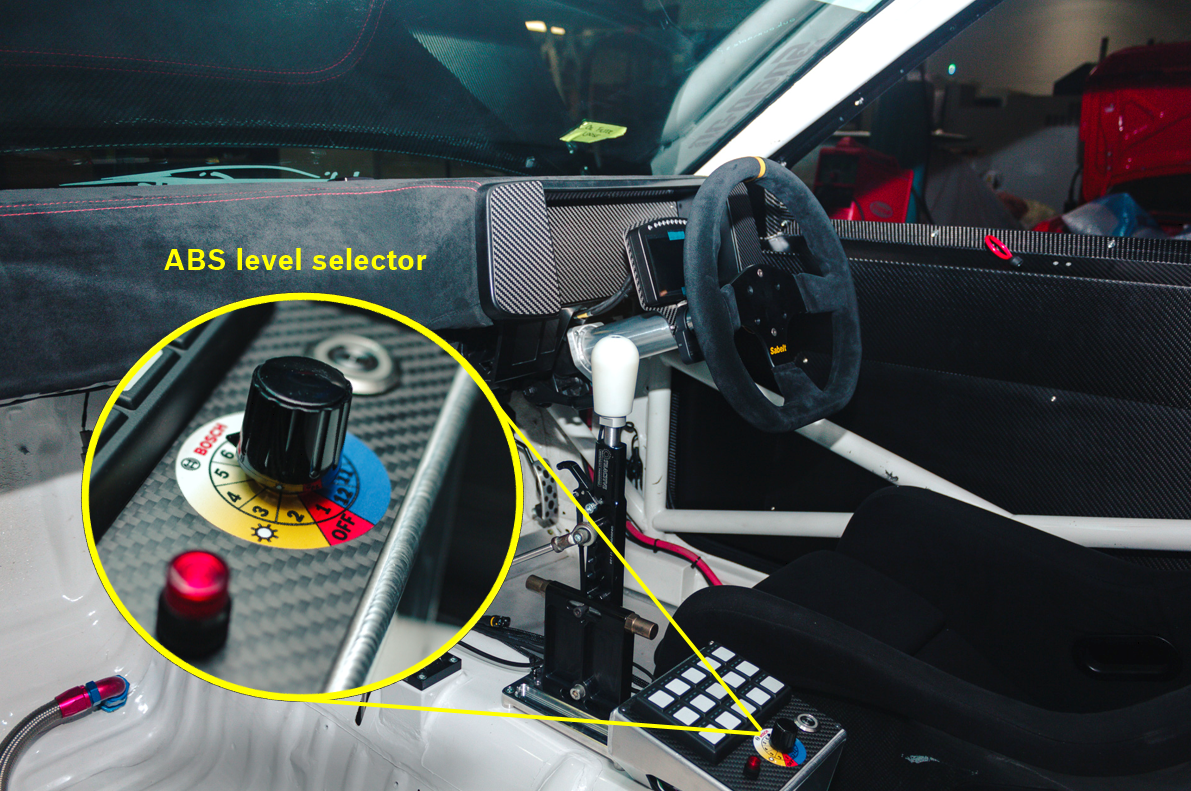
Bosch Motorsport has a powerful ABS system that is configurable to the individual build specification of the car and has a 12-position switch to allow a driver to dial in varying degrees of ABS intervention. Depending on road conditions, the weather, tyre type and condition and confidence level, a driver can adjust on-the-fly how much ABS intervention the system will provide. Cold tyres, wet road, unfamiliar with the race stage? You may opt for more intervention. Dry road, warm tyres and feeling confident? Dial some out. Whilst Motorsport ABS is no substitute for a poor brake system, bad tyres or an unskilled driver and will not defy the laws of physics if you massively overcook it into a corner, it will allow you to get the most out of your race car every time you hit the brake pedal.
More good news is that Motorsport ABS can be fitted to almost any car; it can run either as a stand-alone system, suitable for many older cars or, via its CAN communication capability, be integrated with other electronic systems found in later model vehicles or custom-built race cars.
Bosch Motorsport ABS gives you the braking capability equivalent to the highest calibre drivers but with four feet and four individual brake pedals. Even the best drivers can go faster with a well-tuned ABS.
.jpg)
Bosch Motorsport M5 ABS units are available in a Clubsport and fully-featured Standard kit via Authorised Bosch Motorsport dealers. Each installation is different, so we recommend a consultation with our expert dealers to understand which kit is best for you, and any supporting modifications that may be required. To find your nearest dealer, visit ourAuthorised Dealers page.

